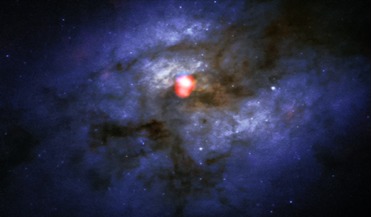 22 December 2016
Faint signals of water in the nearby Universe can now be detected by ALMA
22 December 2016
Faint signals of water in the nearby Universe can now be detected by ALMA
... will allow us to make detailed studies of water in a wide range of objects including forming and evolved stars, the interstellar medium and regions close to supermassive black holes.”
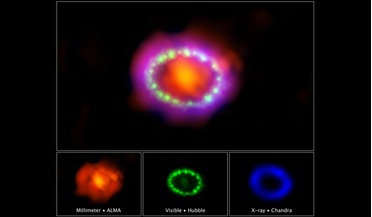 27 February 2017
Thirty years in the making - researchers show SN1987A in all of its glory
27 February 2017
Thirty years in the making - researchers show SN1987A in all of its glory
... formed dust directly, and ongoing studies will help us understand how it forms and how supernovas seed interstellar space with the raw material for new planetary systems." Aside from the dust, astronomers are...
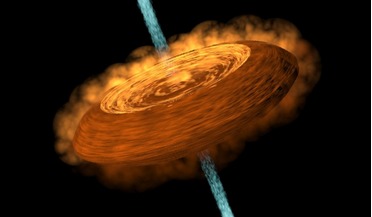 20 April 2017
ALMA research team captures first clear image of accretion disk around a star
20 April 2017
ALMA research team captures first clear image of accretion disk around a star
...: ALMA (ESO/NAOJ/NRAO)/Lee et al. Accretion disks are most likely made of silicate, iron, and other interstellar matter. Due to their triple-layer appearance, the research team has described the accretion disk as very...
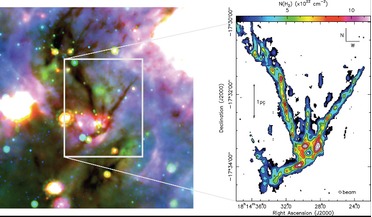 10 July 2017
First glimpse at how gravity effects star formation
10 July 2017
First glimpse at how gravity effects star formation
... in large accumulation of matter and the formation of massive cores. Hence, our results reveal that this type of interstellar filament and hub system represents a privileged location for the formation of the most massive of stars in the...
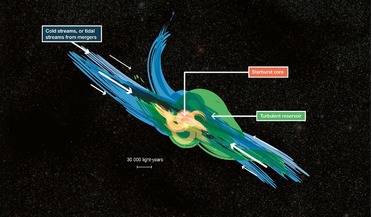 30 August 2017
Star formation history of the Universe revealed
30 August 2017
Star formation history of the Universe revealed
... using ALMA. The simple molecule is carbon hydride (CH+); one of the first three molecules ever discovered in the interstellar medium. It was first discovered in the early 1940s, but its presence has proved somewhat of a mystery because...
 02 January 2018
2017 - What a year!
02 January 2018
2017 - What a year!
... to one of the most distinguished planetary missions of our time - Cassini. However we also said hello to the first interstellar visitor from another system as it passed briefly through our solar neighbourhood. Hoping to do for Jupiter what Cassini...